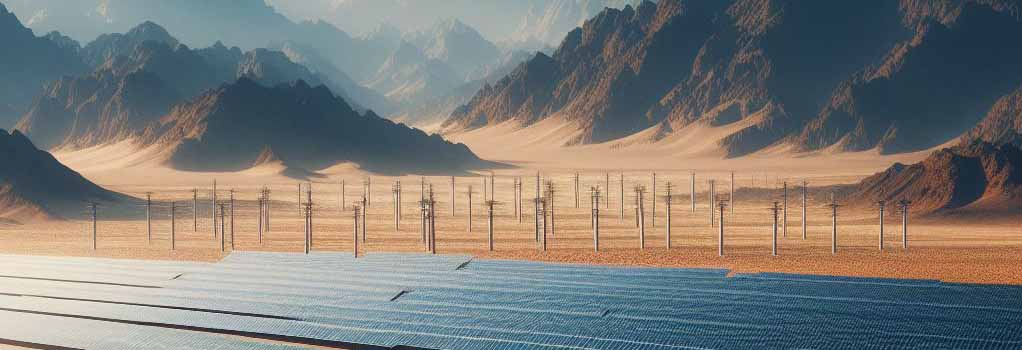




In the first part of our two-part series on Japan's energy policies in the electric power sector, we examined policies affecting generation from non-fossil fuel sources, namely renewable sources and nuclear generation.
This RSS Feed is provided by the U.S Energy Information Administration
05-02-2024
Over the last several years, the Japanese government has announced energy policies aimed to achieve carbon neutrality, or net-zero greenhouse gas (GHG) emissions, by 2050 by lowering emissions in the electric power, industrial, and transportation sectors. In the electric power sector, government policies set 2030 targets, which include accelerated investment in renewable capacity, increased use of nuclear generation, and reduced use of fossil fuels for electricity generation. Japan's government called the package of energy policies and their targets "ambitious." Energy security considerations may affect the progress and pace of decarbonization in the electric power sector.
This RSS Feed is provided by the U.S Energy Information Administration
05-02-2024
Georgia Power announced this week that the 1,114-megawatt (MW) Unit 4 nuclear power reactor at Plant Vogtle near Waynesboro, Georgia, entered into commercial operation after connecting to the power grid in March 2024. The commercial start of Unit 4 completes the 11-year expansion project at Plant Vogtle. No nuclear reactors are under construction now in the United States.
This RSS Feed is provided by the U.S Energy Information Administration
05-01-2024
U.S. electricity generation from wind turbines decreased for the first time since the mid-1990s in 2023 despite the addition of 6.2 gigawatts (GW) of new wind capacity last year. Data from our Power Plant Operations Report show that U.S. wind generation in 2023 totaled 425,235 gigawatthours (GWh), 2.1% less than the 434,297 GWh generated in 2022.
This RSS Feed is provided by the U.S Energy Information Administration
04-30-2024
Based on analysis in our most recent U.S. Energy-Related Carbon Dioxide Emissions report, U.S. energy-related CO2 emissions decreased by 3%, about 134 million metric tons (MMmt), in 2023.
This RSS Feed is provided by the U.S Energy Information Administration
04-29-2024
